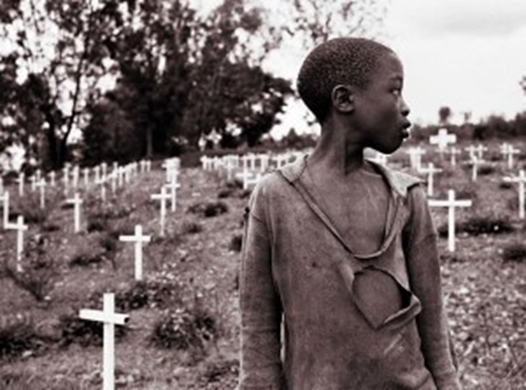Rwanda At A Glance
Economy
Demographics
Religion
Poverty
Weather
Rwanda's economy is characterized by a focus on agriculture, services, and industry. The country has experienced steady economic growth, driven by efforts to diversify and attract investment. Key sectors include subsistence farming, export-oriented crops like tea and coffee, a growing services sector (including tourism and finance), and a developing industrial sector. Rwanda has implemented economic reforms and aims to position itself as a technology and innovation hub in the region. For the most current and detailed information, it is recommended to refer to recent economic reports or official sources.
Population: Rwanda has a population of over 12 million people.
Age Structure: The population is relatively young, with a significant portion under the age of 25.
Ethnic Groups: The majority of the population belongs to the Banyarwanda ethnic group, which is further divided into three main groups: the Hutu, Tutsi, and Twa.
Languages: Kinyarwanda is the official language, and English, French, and Swahili are also widely spoken.
Urbanization: Rwanda has experienced increasing urbanization, with a growing number of people residing in urban areas, particularly the capital city, Kigali.
The population is predominantly Christian, with a mix of Roman Catholicism, Protestantism, and a growing number of evangelical denominations.
An reduction in
poverty is observed based on the nation's official poverty line: from 56.7 in 2005-06 to 38.2 percent in 2016-17. Poverty reduction has been significant in both rural and urban areas, but especially in urban areas where the rate of in-migration has also accelerated in recent years.
With the emergence of the coronavirus pandemic, poverty reduction is projected
to decelerate, with poverty declining only slightly from its projected level of 43 percent in 2019 to 41.9 percent for 2020-2021.
Mean annual temperature for Rwanda is 19.1℃, with average monthly temperatures ranging between 19.5°C (September) and 18.5℃ (July). Annual precipitation is 1,170.2 mm. Rainfall is experienced throughout the year in Rwanda, with most significant rainfall occurring from September to May.
With the emergence of the coronavirus pandemic, poverty reduction is projected
to decelerate, with poverty declining only slightly from its projected level of 43 percent in 2019 to 41.9 percent for 2020-2021.
RWANDA GENOCIDE

The Rwandan genocide, also known as the genocide against the Tutsi, occurred between 7 April and 15 July 1994 during the Rwandan Civil War. During this period of around 100 days, members of the Tutsi minority ethnic group, as well as some moderate Hutu and Twa, were killed by armed Hutu militias. Although the Constitution of Rwanda states that more than 1 million people perished in the genocide, the actual number of fatalities is unclear, and some estimates suggest that the real number killed was likely lower. The most widely accepted scholarly estimates are around 500,000 to 800,000 Tutsi deaths.
In 1990, the Rwandan Patriotic Front (RPF), a rebel group composed mostly of Tutsi refugees, invaded northern Rwanda from their base in Uganda, initiating the Rwandan Civil War. Over the course of the next three years, neither side was able to gain a decisive advantage. In an effort to bring the war to a peaceful end, the Rwandan government led by Hutu president, Juvénal Habyarimana signed the Arusha Accords with the RPF on 4 August 1993. The catalyst became Habyarimana's assassination on 6 April 1994, creating a power vacuum and ending peace accords. Genocidal killings began the following day when majority Hutu soldiers, police, and militia murdered key Tutsi and moderate Hutu military and political leaders.
The scale and brutality of the genocide caused shock worldwide, but no country intervened to forcefully stop the killings.
Most of the victims were killed in their own villages or towns, many by their neighbors and fellow villagers. Hutu gangs searched out victims hiding in churches and school buildings. The militia murdered victims with machetes and rifles. Sexual violence was rife, with an estimated 250,000 to 500,000 women raped during the genocide. The RPF quickly resumed the civil war once the genocide started and captured all government territory, ending the genocide and forcing the government and génocidaires into Zaire (now the Democratic Republic of the Congo).
The genocide had lasting and profound effects. In 1996, the RPF-led Rwandan government launched an offensive into Zaire, home to exiled leaders of the former Rwandan government and many Hutu refugees, starting the First Congo War and killing an estimated 200,000 people.Rwanda has two public holidays mourning the genocide. The national mourning period begins with Kwibuka (Remembrance), the national commemoration, on 7 April and concludes with Liberation Day on 4 July.
